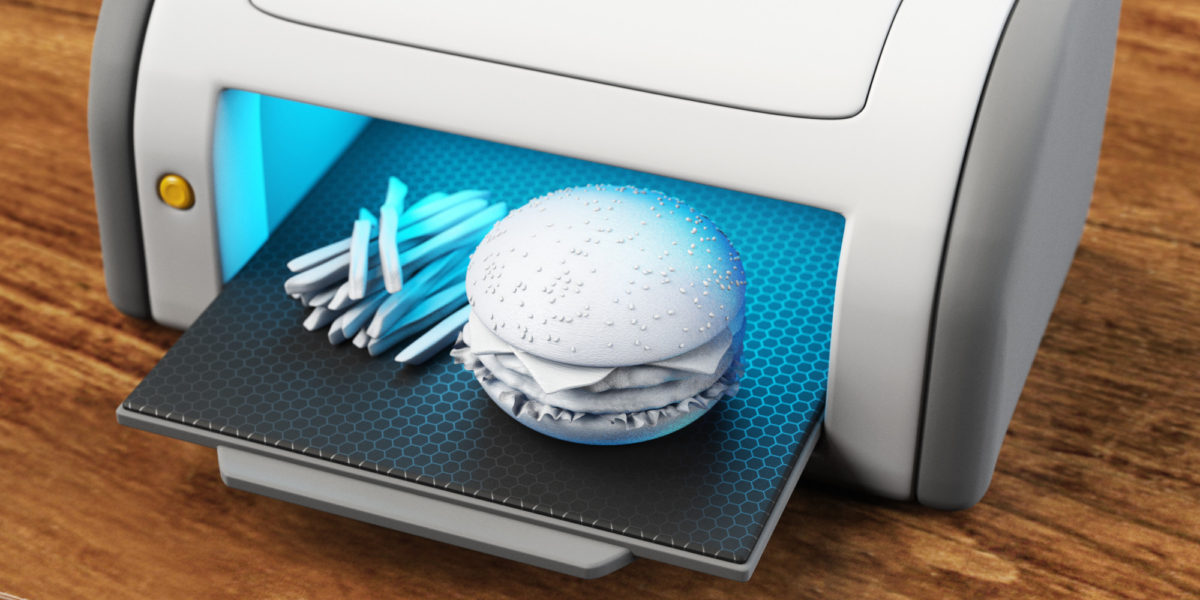We have all seen and heard something about one of the newest and most decisive technologies in the world: 3D Printing. Although this phenomenon is already growing a couple of years, it has still not reached its peak.
3D Printing is an additive manufacturing process that creates a physical object from a digital design. All the 3D Printing technologies are based on one principle: a digital model is turned into a solid three-dimensional physical object by adding material layer by layer.
All the 3D Printing technologies are really hype today. Until 2009, printing was mostly limited to industrial uses, but then patents started expiring. The first 3D printer was born through the RepRap project’s mission to build a self-replicating machine (3dhubs.com, 2016). As more and more manufacturers followed, what once cost $200,000 suddenly became available for below $2000, and the consumer 3D Printing market took off in 2009 (Wohlers’s Report, 2015). 3D printer sales have been growing ever since, and as additive manufacturing patents continue to expire, more innovations can be expected in the years to come.
3D Printing is hailed as a revolutionary technology. The technology is received as disruptive and unwished on one hand. It could lead to confusion in the marketplace, with consumers struggling to wade through all the different options. It could result in a wide variation in standards and quality as regulators and government agencies struggle to keep up or act as enforcers in an increasingly growing and changing global market (Forbes, 2016). On the other hand, it could have significant potential to alter business, manufacturing and society in general. Start-ups, producing physical products, could gain from the significantly smaller turnaround time in prototype production. Besides that, firms can offer greater customization and do not have to hold stock unnecessarily. Additionally, 3D printers can also produce components that weigh less, important in fields as aeronautics and the automotive industry for example. Today, you can purchase 3D printed shoes, 3D printed jewelry, 3D printed pens. 3D printing is already changing health care, by developing 3D printed skin for example.
I think we can say that 3D Printing re-invented the way of production and consumption for all type of markets. A wide variety of markets can significantly benefit from this new technology, whereby the 3D printer will be more community driven. Unless the next developments remain an exciting unknown, the practical advantages of 3D printing nowadays are more than welcome.


Aimé! I like the subject of your post; 3D printing. I totally agree with you, I think it’s a very disruptive technology. Based on your title, I was suspecting a negative answer on the question. At least you made me think! Perhaps it could be interesting to elaborate more on why it would NOT be a disruptive technology in another blog post?